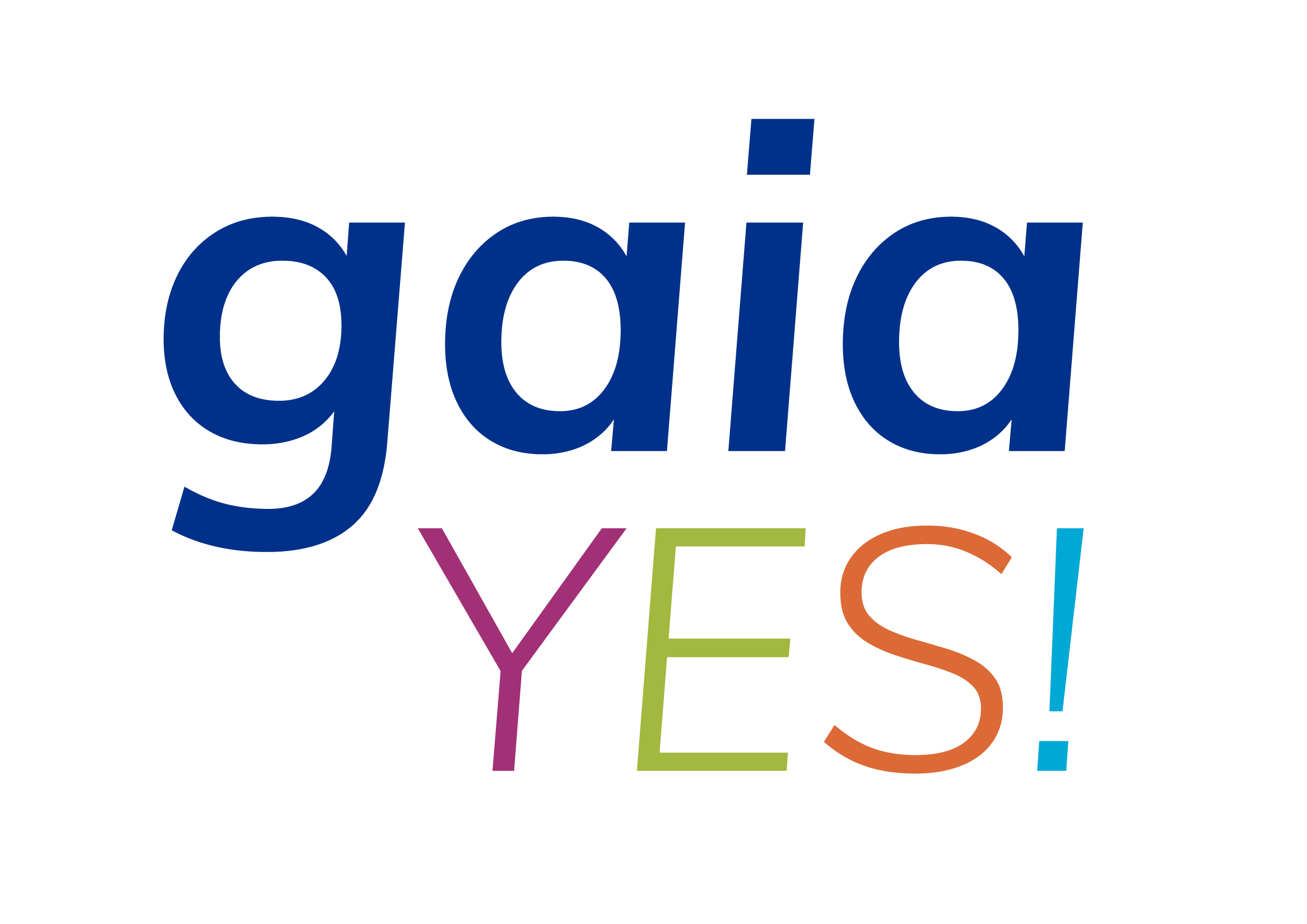TOWARDS A SUSTAINABLE GLOBAL ECONOMY


The model depicts human activity at the center of the ecological environment. This is not to say that human activity is the center of the world.
No, the human economy can only exist within the ecological environment. Thus, the economy is not separate from the environment, but exists in the ecological environment.
The question is to what extent is this recognized in, say, the Gross National Product (GNP)? Are there indicators within the GNP that take into account the well-being of the larger system? Do we design production processes, markets, and policies that reflect the reality of interdependence?
Preliminary answers to these questions can be found by examining a few other conceptual differences between sustainability and conventional models.
Roadmap
- After a brief introduction of the above model, divide the class into four working groups and ask them to choose a facilitator for their group. Each group will have 30 minutes for a discussion on one of the following topics:
- Total cost calculation: In conventional economics, indirect or unintended effects such as pollution are considered “externalities.” For example, CO2 emissions from driving are not factored into the price of gasoline. Cleaning up waste is not reflected in the price of a consumer item, creating a hidden financing that makes them artificially cheaper. A sustainability model approaches this in a different way and attempts to quantify the external environmental and social costs using a “full cost approach.” Discuss what the true value is of these indispensable resources, so that markets will start working with more accurate price representations. What resources does an ecosystem offer? How much does it cost to replace a bunch? How much is clean water worth? How do we calculate people’s health in unhealthy or even toxic work?
- The Commons: are resources that are accessible to all members of a group or society. Air and water are examples of “environmental commons” on which all living things depend, but which are in limited supply and/or affected by overuse. How we distribute these needs fairly and whether we can recognize them as basic rights are the policy questions surrounding “the Commons. In the old economic model, overuse of the Commons is often seen as the inevitable “tragedy” of public access. What does this mean? Sustainability also recognizes the risk of overuse and seeks policy solutions that are equitable and supportive of resources; this can be a mix of market forces, regulation, cultural norms, and community ownership. What do these look like?
- Long-term versus short-term returns: Within sustainability, it is recognized that in the long term, the well-being of human, economic, and environmental health are interrelated in time, place, and scale. In this view, short-term actions are judged by their long-term consequences. In contrast, the old economic model tends to focus on short-term returns: profits, gross national product (GNP) or stock returns. And while these short-term measures are certainly important in a sustainability model, they do not define “success” to the same extent as in the old model. What defines success in a sustainability model? What are some short-term actions with long-term consequences?
- Quality versus quantity (“better versus more”): Both sustainable and conventional economies are concerned with well-being. The sustainability model measures well-being through qualitative improvements in health, happiness, and satisfaction of real needs. On the other hand, the old model tends to encourage quantitative growth, with the assumption that “more” is “better.” Consider, for example, GNP: an increase in GNP is considered good news, but GNP can also increase as a result of spending on fighting crime, disease, or necessary cleanup costs after an environmental disaster. The indicator does not distinguish between favorable economic growth and “gains” from spending on negative things such as crime. Sustainability indicators, on the other hand, look at economic growth in a broader context of community and environmental well-being. What might be some sustainability indicators for this well-being?
- Have students create an infographic of their findings. Each student creates on an A4 a part of the infographic these are later glued together on a flipover sheet. Coordination of the group rests with the facilitator.
- Hang the created infographics and have students present their findings to the class.
Target
To examine the development, economic growth and environmental costs of the current economic system.


0 comments
Leave a comment
Please log in or register to post a comment